Check Also
The US Is About to Exit a Long Dark Age of Lousy Headlights
[dzs_video source=”https://cnet.redvideo.io/2022/09/16/49769be8-2384-4b14-9e21-dd7391f645d1/adaptive-headlights-4kfinal_720h3200k.mp4″ cover=”https://www.cnet.com/a/img/resize/ddcd07e4d9afd5a49c8fdd756e1fb3514818d952/hub/2022/09/16/eeb958f1-4ba5-41ed-9dee-49607cb78be6/mazda-i-activsense-adaptive-led-headlamps-alh-mp4-00-01-04-10-still001.jpg?auto=webp&fit=cover&height=482&width=856″ config=”skinauroradefault” width=”100%” height=”600″ logo=”https://joggingvideo.com/wp-content/uploads/tdn_pic_2.png” config=”skinauroradefault” autoplay=”off” cue=”on” loop=”off” type=”video” logo=”0000″ logo_link=”5555″ responsive_ratio=”default” adarray='{{openbrace}}{“source”:”1111″,”time”:”2222″,”type”:”3333″,”ad_link”:”4444″,”skip_delay”:”5″}{{closebrace}}’]
Tablet buying guide

Since Apple launched the iPad in 2010, the world has gone tablet crazy, swallowing 65 million of them in 2011 — and we’re set to double the dose in 2012. There’s something utterly irresistible about the combination of a great big colourful touchscreen, a powerful processor, easy connectivity and thousands upon thousands of bite-size apps.
Computing no longer means booting up a desktop in the spare room, or working out how to run anti-virus software on your laptop. Today’s tableteers swoop and glide through life, streaming music on their commute, downloading HD films on their couch, or playing finger-friendly 3D games while chatting with friends halfway around the world.
Until recently, buying a tablet was easy: it was an iPad or nothing. Now, your choice has exploded, with dozens of tablets and several operating systems vying for your mobile money, including Android from Google and Kindle Fire from Amazon. Here’s a simple step-by-step guide to selecting the perfect tablet for you.
Do you really need a tablet?
Stupid question: of course you do. But not everyone else does. That mate who’s working on his cats-versus-zombies novel won’t appreciate a slow, error-prone touch keyboard. Your sister uploading and editing her hi-def home movies will struggle on a small 10-inch display. And Type-A workaholics juggling spreadsheets and PowerPoint will be frustrated by only having one screen open at a time.
But for the rest of us, a tablet makes abundant sense. The keyboard’s fine for occasional emails, Web searches and status updates, the screen is big enough to watch TV shows up close, and multi-tasking is getting faster all the time.
Apple iPad
The first big decision to make is which flavour of tablet to buy. Apple is the safe choice. Like most products emerging from Steve Jobs’ Tim Cook’s magic workshop, iPads are gorgeously slick, incredibly simple to use and built to last. Even better, unlike most Apple gear, iPads are no more expensive than the competition. They also have more apps, more and better games (such as Infinity Blade, below) and way more developers improving them than the other platforms. Apple’s iCloud service is pretty neat, too.
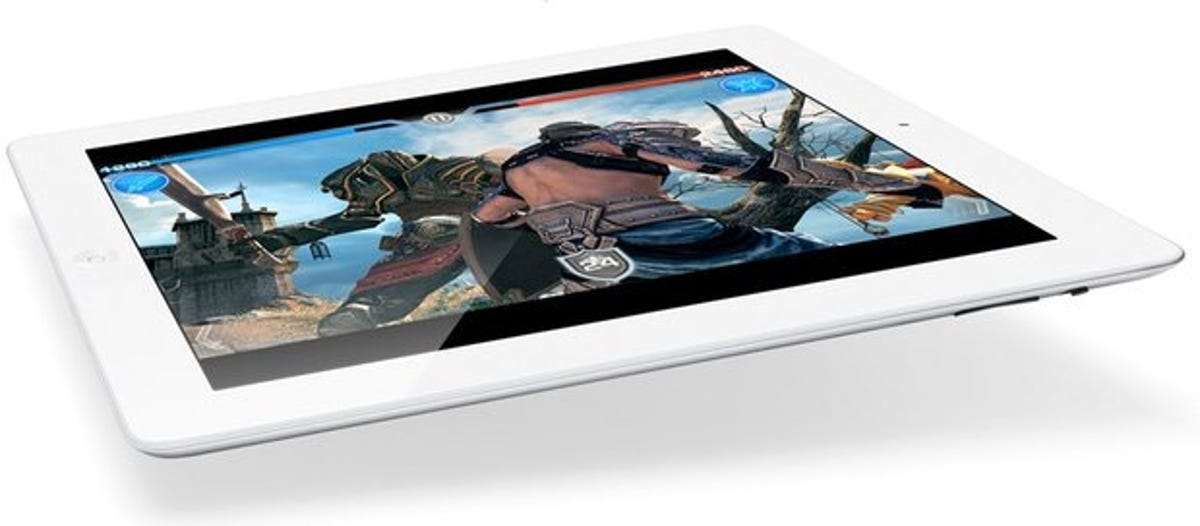

But iPads aren’t perfect. Apple’s insistence on shunning Flash, and its refusal to permit rival browsers (such as Firefox or Chrome), means the Web-surfing experience can feel old-fashioned and limited. You’re also restricted to Apple’s offerings in music and movies, and have limited options to customise the iOS home screen, icons and text input.
Android tablets
Android is the complete opposite of Apple. Sprawling, exuberant and slightly buggy, Android tablets, such as the Samsung Galaxy Tab 10.1 below, promise the world — and very nearly deliver. If you want your tablet to look like a Star Wars character, no problem. If you want to tinker with the battery, download in-your-face widgets or replace the user interface with one of your own design, you can do it.
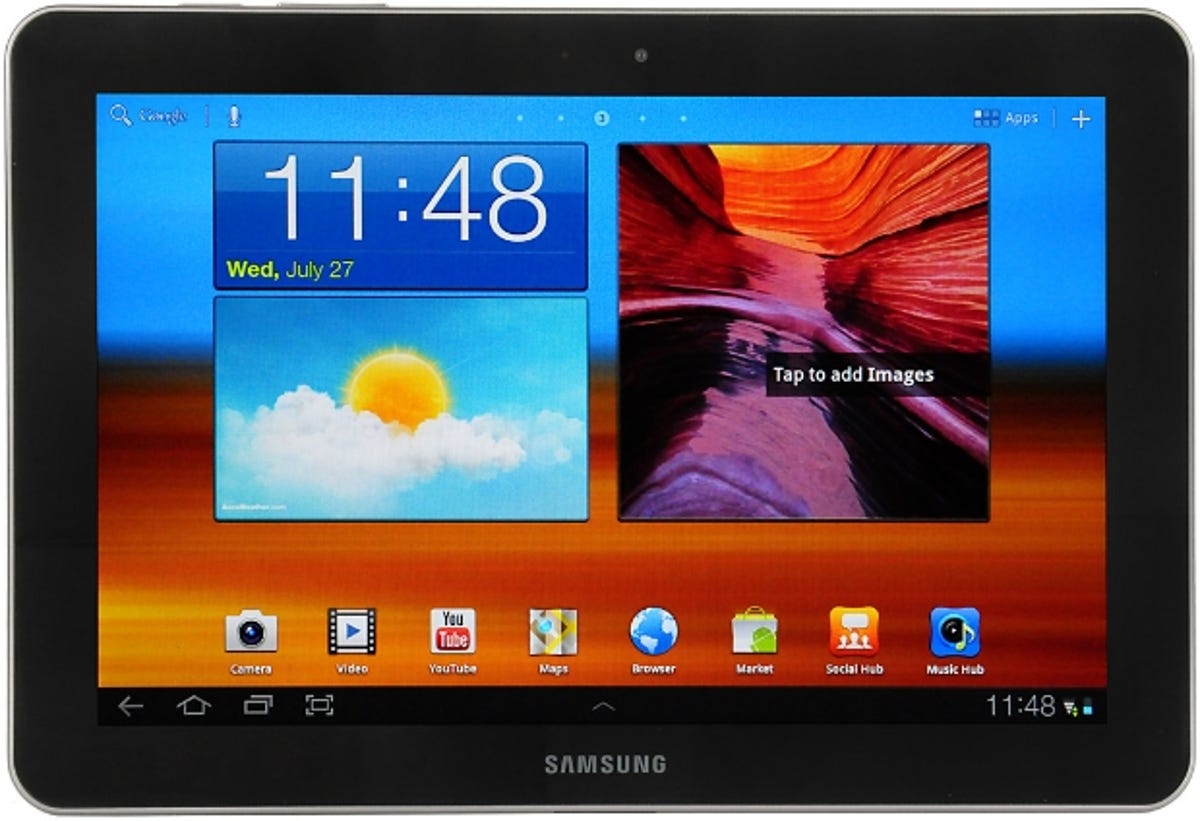

Android has plenty of big apps, including most of the major Web services and many of the most popular games. It even has some that Apple lacks, including the latest and greatest offerings from Google, such as free turn-by-turn navigation.
Every version of Android, however, and every manufacturer’s tablet have their own idiosyncrasies. Read reviews, try before you buy and avoid versions of Android older than 3.0 Honeycomb, as they weren’t designed with tablets in mind. Honeycomb is still a long way behind the iPad when it comes to native apps, with just a fraction of Apple’s tens of thousands available.
Everyone else
There are other tablet operating systems out there, and new ones on the horizon. HP’s webOS system, as used on the TouchPad, was smooth and efficient but now looks dead in the water — don’t expect any new apps to be developed for it.
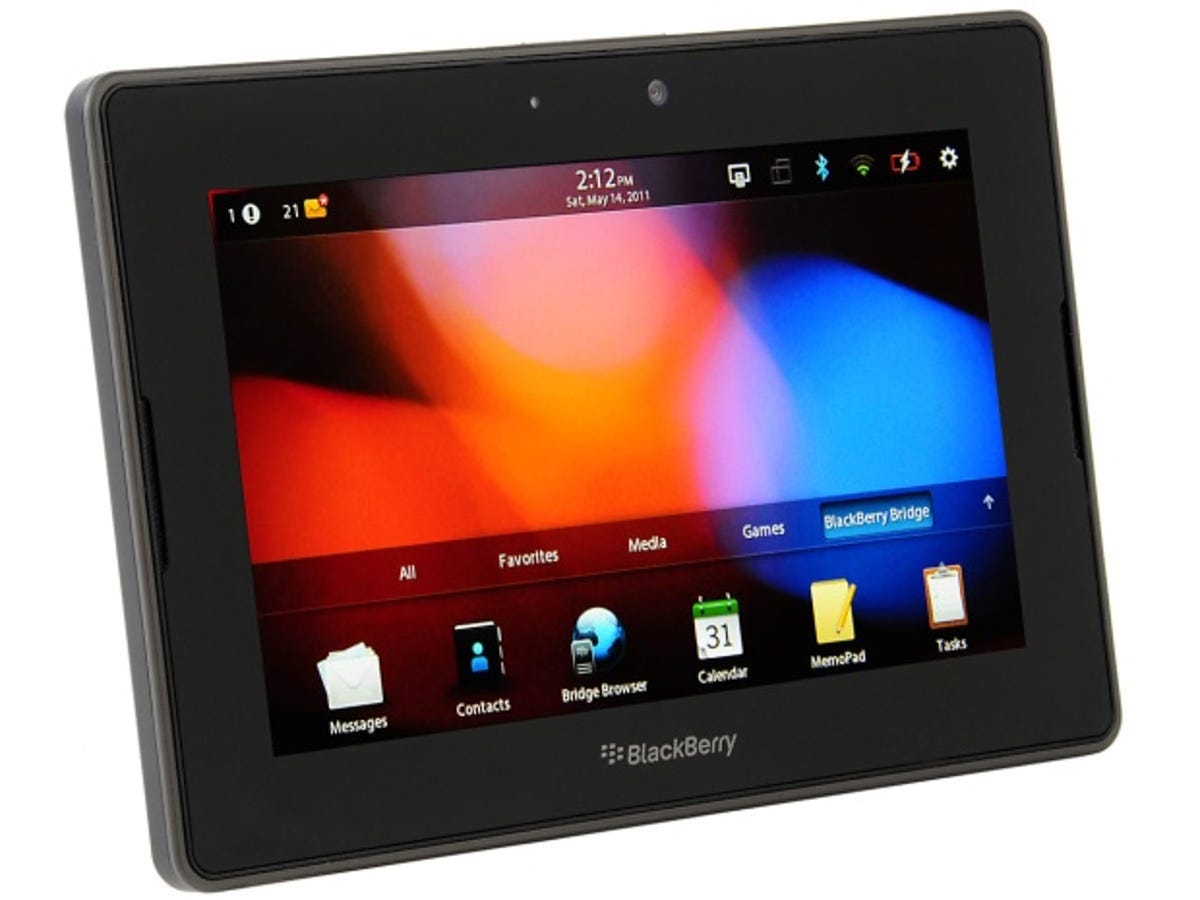

BlackBerry’s PlayBook (above) is still around, using the QNX operating system intended for RIM’s next-generation smart phones. It’s fine for what it does, but it urgently needs more features, and especially apps, if it’s going to survive.
The hottest OS on the block is Amazon’s. Although based on Android, this is very much Amazon’s baby, with dedicated links to buying and streaming music, video and (naturally) books, a slick interface and an impressive cloud-accelerated browser. The Amazon Kindle Fire tablet (below) won’t be available in the UK for some time though, as it depends on deals being struck with UK rights holders for all the services that make it tick.
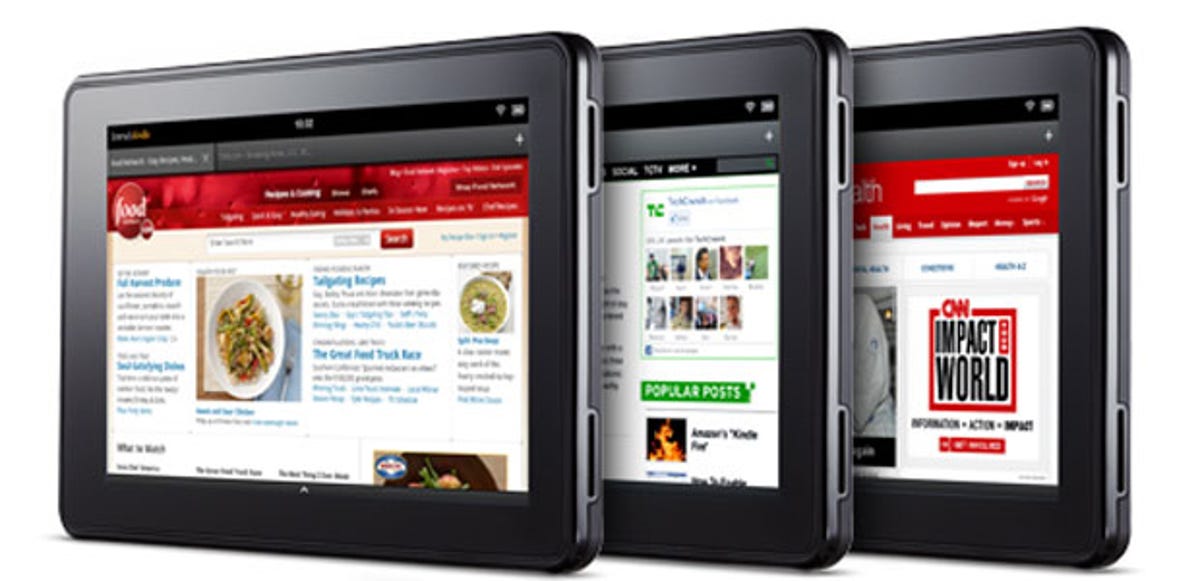

There are also a handful of Windows 7 tablets around, usually with large hard drives and larger price tags. They’re worth a look, but Windows 7 wasn’t really meant for tablets and it’s far from straightforward to use compared with Apple or Android. Windows 8 is all about tablets, but Microsoft will have a lot of catching up to do in terms of number and quality of apps.
Screen size and technology
Tablets generally come in two size classes. The Amazon Kindle Fire, the BlackBerry PlayBook and some Android tablets prefer a 7-inch screen for portability, while the iPad and most Android devices have screens around 10 inches in size for better Web surfing and more space for video.
Virtually all tablet touchscreens now use multi-touch capacitive technology that lets you do cool things like pinching to zoom in. There might still be a few resistive screens out there, however. These work well with styluses, but are generally much less responsive — avoid them unless money is very tight.
Screen resolutions vary from around 800×400 pixels on the smaller tablets to 1,280×800 pixels on the largest. More pixels is always better, although also keep an eye out for LED-backlit screens, which save power and usually enjoy richer colours.
Processors and storage
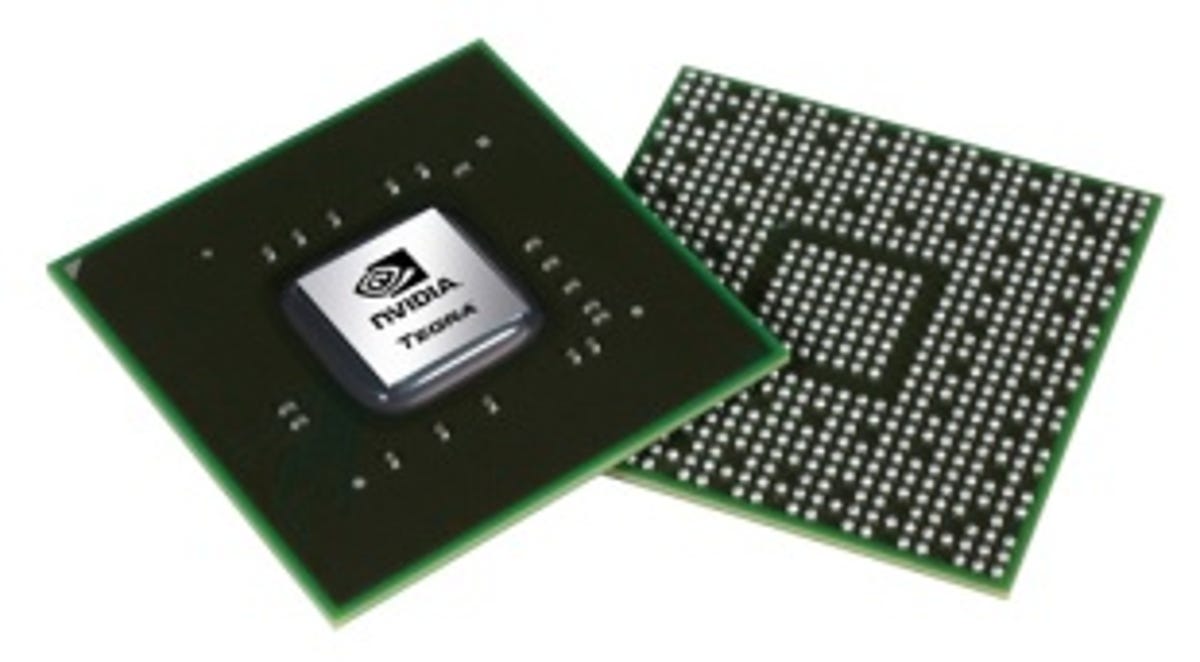

Don’t worry too much about the processor on board your tablet — performance is about more than just GHz and GB. However, it’s worth knowing some buzzwords. ARM-based processors are found in the iPad and some Android devices, and have a good reputation for balancing power and battery life. Dual-core chipsets promise nippier multi-tasking. If a tablet has neither of these, look for chip speeds of 1GHz and higher for the fastest operation.
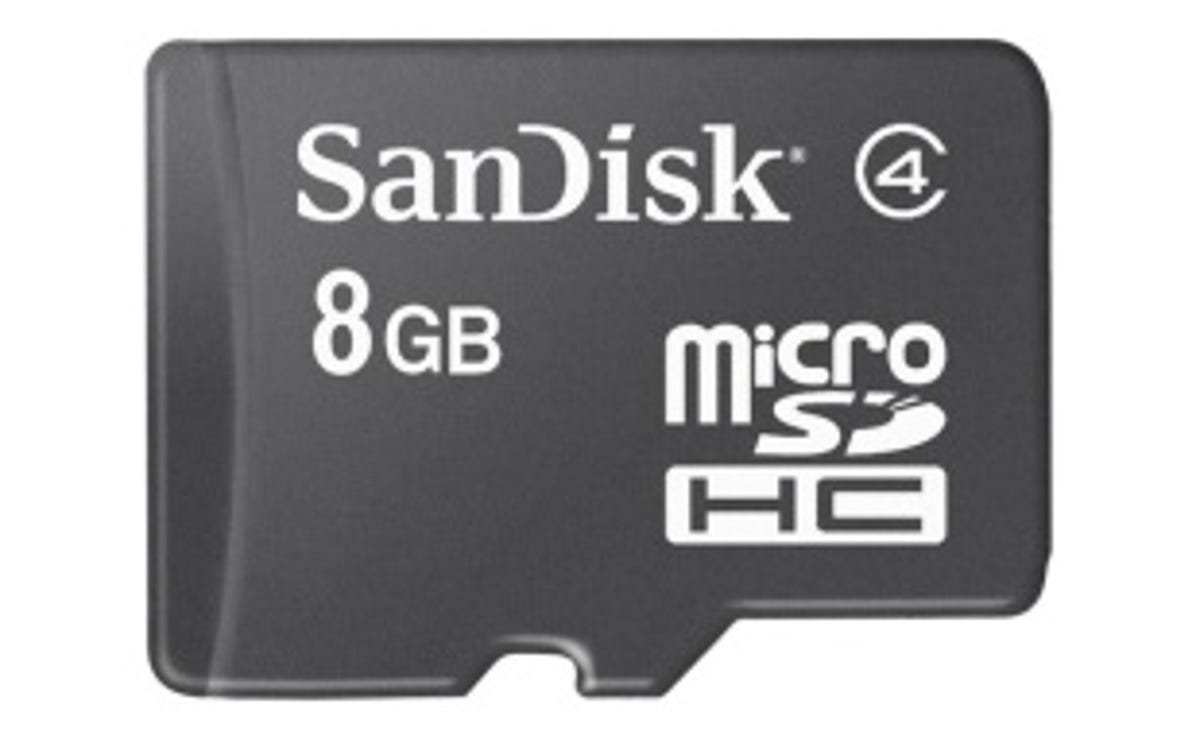

Cloud services are reducing the importance of on-board storage but you’ll still want enough to store a bunch of apps, and enough music and movies to get you through a long train or plane journey. Be warned: entry-level 8GB or 16GB models can fill up frighteningly fast. An SD or microSD slot (not included on the iPad) gives you a lot of options, though, and cards are ridiculously cheap these days — a 32GB microSD will set you back about £30.
All tablets will work on Wi-Fi at home or at hotspots, and some also work with 3G mobile broadband. This is great if you plan to use your tablet in the car, say, but 3G hammers the battery and data costs add up — if possible, try it for a few weeks before signing a long-term contract.
Media matters
Large, flat, fragile tablets make lousy cameras, so don’t be swayed by large megapixel counts. It’s actually more important that the front-facing camera is decent (say 0.6 megapixels or more) to take advantage of video-chat apps such as Skype or FaceTime (below).
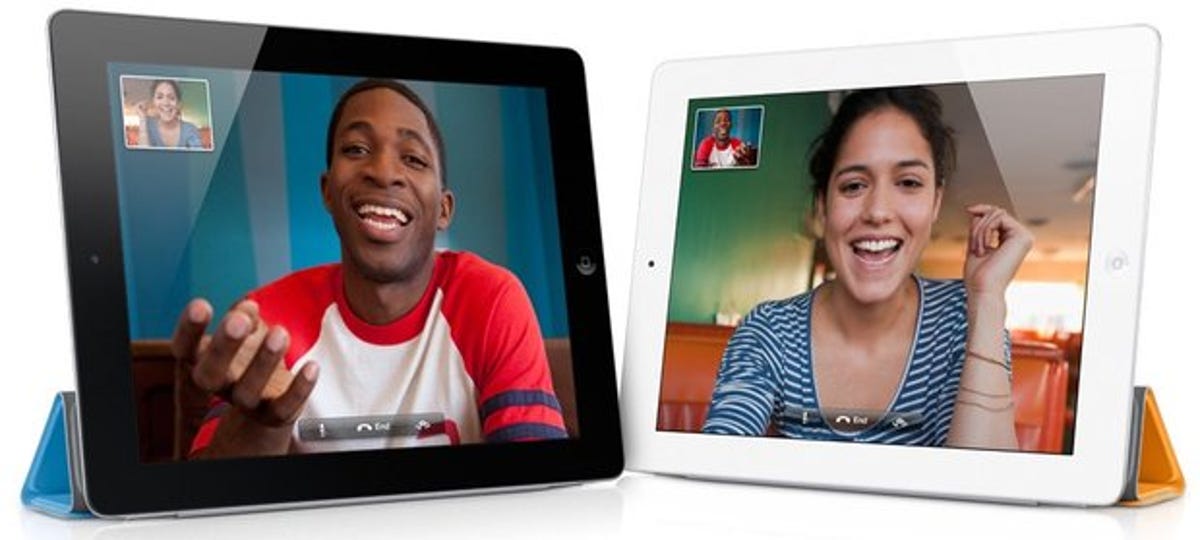

Similarly, on-board speakers tend to be quiet and tinny. All tablets should have headphone sockets for connecting to a dock and a real bonus is an HDMI connector. This is great for watching videos on flatscreen tellies and even playing games or surfing the Web if you can handle sitting that close to the screen.
Later versions of Android Honeycomb allow you to connect cameras, keyboards, mice and games controllers via USB, although most tablets should also support Bluetooth peripherals. GPS is found on most Android tablets and some iPads. Gyros and accelerometers are handy for motion-controlled games, but aren’t really essential.
Battery life
Tablets do not generally have swappable batteries, so commuters might think twice about buying one that claims less than, say, 6 hours’ life. Many now deliver 8 or even 10 hours operation between charges — enough for an intercontinental flight. Turning off Wi-Fi and 3G will extend that even further.
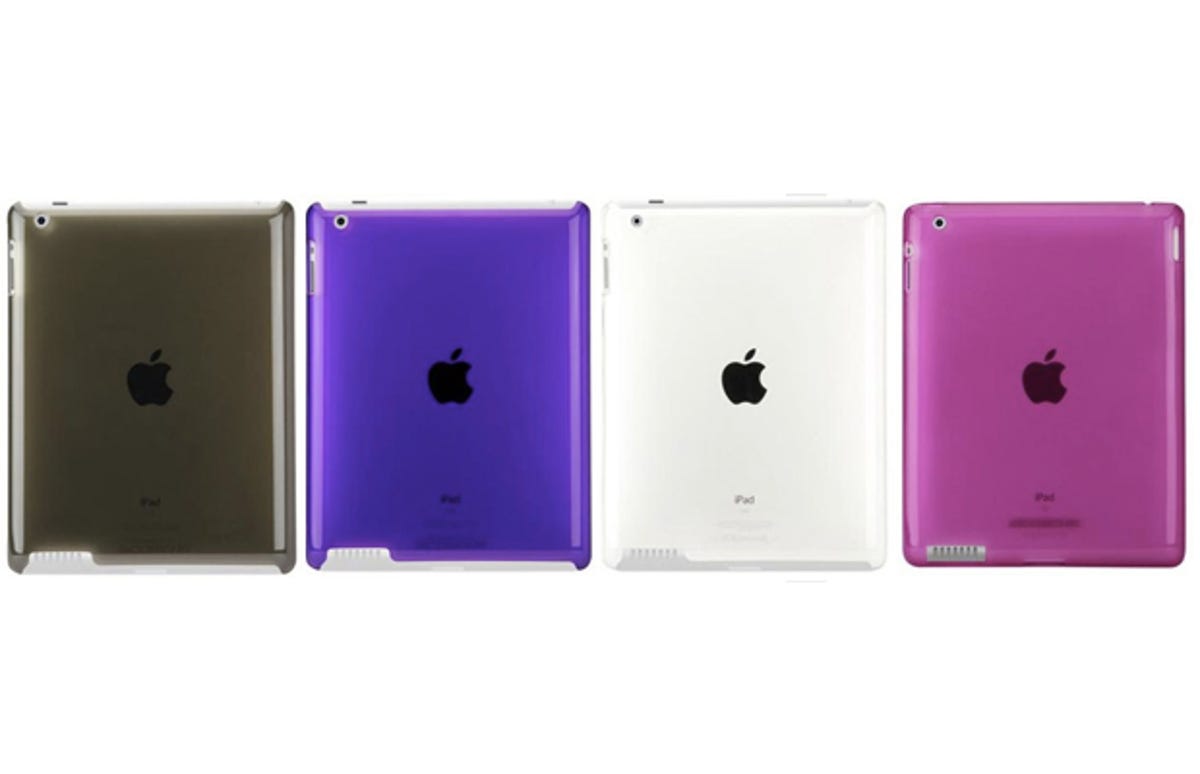

Finally, check the build quality. A metal chassis will always last longer than a plastic one, and tough Gorilla Glass reduces the chance of a shattered screen. There aren’t really any water- or dust-proof tablets for now, so consider a case or sleeve if you’re venturing into the great outdoors.
Check Also
The M2 MacBook Air Is the Ultimate Laptop Gift
This story is part of 84 Days of Holiday, a collection that helps you find …






